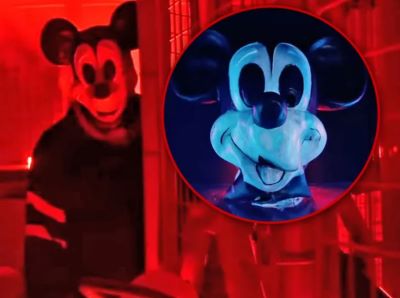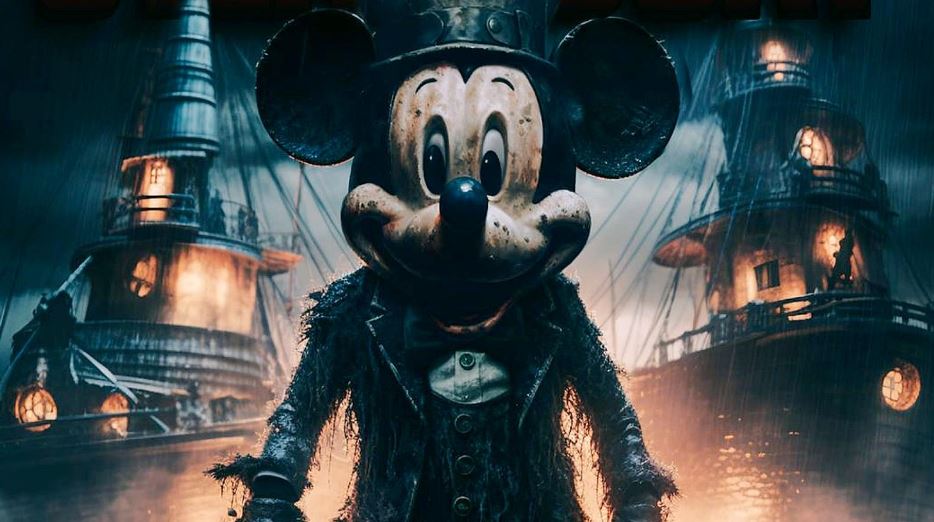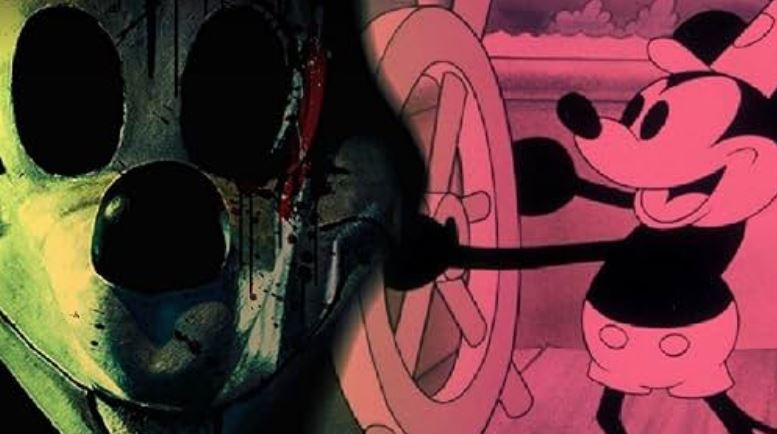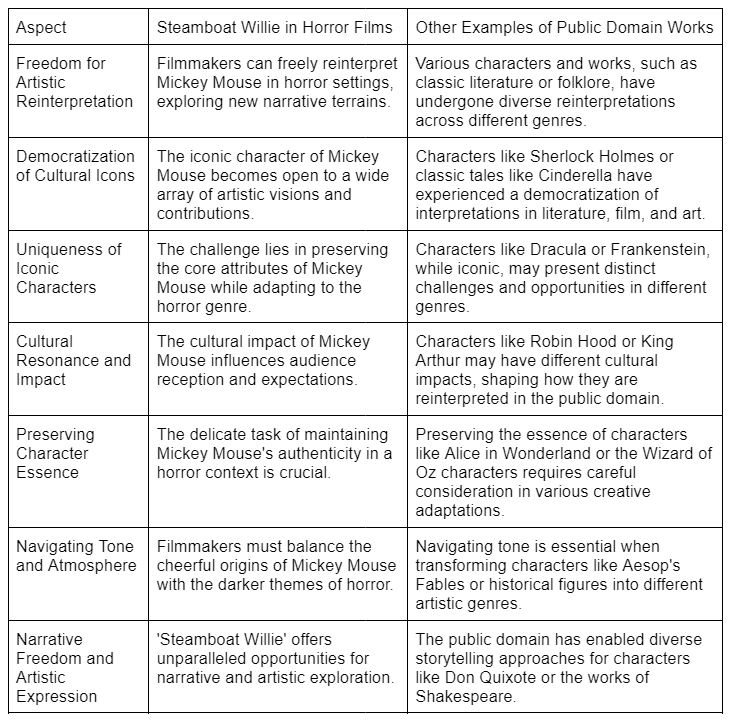In a surprising twist for the iconic character Mickey Mouse, the release of “Steamboat Willie” into the public domain has given rise to a unique genre: horror movies featuring the beloved cartoon figure. As the once copyright-protected classic becomes freely accessible, creators have taken Mickey Mouse on unexpected journeys into the realms of horror and suspense. This intriguing development explores the dark and eerie side of the cheerful character, inviting audiences to reimagine the world of Disney in a spine-chilling light. “Steamboat Willie’s” entry into the public domain has sparked a wave of inventive storytelling, as filmmakers craft chilling narratives that blur the lines between innocence and fear, all while paying homage to the timeless legacy of Mickey Mouse.
Reception And Audience Responses
The recent revelation that “Steamboat Willie,” the iconic Mickey Mouse cartoon, has entered the public domain has sparked considerable attention and curiosity, particularly within the realm of horror cinema. As filmmakers explore the creative freedom that the public domain status allows, the reception and audience responses to horror films featuring Mickey Mouse have become a fascinating aspect of this unexpected cinematic phenomenon.
The initial reactions to the concept of horror films featuring Mickey Mouse have been a mix of excitement, intrigue, and a hint of trepidation. Audiences, accustomed to seeing Mickey as the cheerful and endearing mascot of Disney, are now confronted with a reinterpretation that aligns him with the eerie and unsettling elements of the horror genre. This stark departure from the character’s wholesome image has undoubtedly triggered a range of emotions among fans and cinephiles alike.
Challenge To Traditional Boundaries
Filmmakers were given the opportunity to question, deconstruct and reimagine Steamboat Willie, going beyond the traditional limitations of intellectual property law. Such a violation encourages a reassessment of traditional boundaries, contributing to the creation of an environment in which creativity can flourish outside of established norms, giving new life to creative directions. After all, authors often find themselves in a certain framework and can’t get out of it, but you can always go beyond with the Wild Whopper slot from SlotsUp. The change in the status quo challenges established intellectual property norms, especially in the area of iconic cultural works.
This not only prompts a much-needed conversation about the evolution of intellectual property in the digital age, but also encourages a rethinking of how cultural symbols are protected in contemporary art and media. This helps in the development of the trend, because without it, everything will be in the same place, but visit page for cascading-reels slots from a found SlotsUp partner will help to rethink your experience. It emphasizes the dynamic relationship between creativity, legality, and cultural evolution, encouraging a broader view of the transformative potential of artistic reinterpretation.
Broader Discourse On Copyright
The case of Steamboat Willie encourages us to rethink copyright not only as a protective shield for creators, but also as a mechanism to encourage adaptive and transformative uses of cultural icons. It emphasizes the tension between preserving the legacy of original works and creating an environment in which creative reinterpretation can flourish. The broader copyright discourse sparked by the Steamboat Willie case is a call to action. It calls upon lawmakers, creators, and the public to engage in thoughtful dialogue about the future of intellectual property. As we navigate the complex relationship between protection and innovation, this discourse is an important step toward creating a copyright system that is not only robust but also adaptable to changing trends in creative expression.
Comparison With Other Public Domain Works
The entrance of ‘Steamboat Willie’ into the public domain has opened the floodgates for creative exploration, and when comparing its use in horror movies to other instances of characters or works in the public domain, a rich tapestry of similarities, differences, and unique challenges emerges.
Mickey Mouse, now a spectral figure in the horror genre, symbolizes the malleability of cultural icons when unmoored from their conventional roles. The journey from cheerful animations to chilling narratives encapsulates the essence of artistic exploration in the public domain.
Conclusion
As we navigate this uncharted chapter in the legacy of one of animation’s most iconic figures, we are reminded that the magic of storytelling lies in its ability to evolve, adapt, and transcend expectations. Mickey Mouse, once confined to the realm of wholesome tales, now ventures into the shadows, inviting us to embrace the complexity and richness that creative freedom unfailingly provides. In this unfolding narrative, we are witnesses to the macabre dance between tradition and innovation, where even the most beloved characters can find new life in unexpected and thrilling forms.




